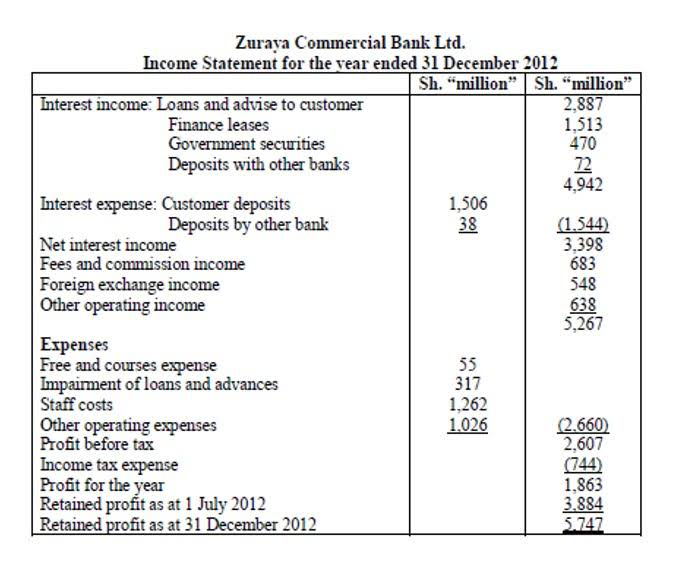
Although both of costs impact a company’s financial statements, they differ in terms of timing and allocation. Period costs are incurred to examples of period costs support the day-to-day operations of a business and are necessary to keep the business running smoothly. These costs are not directly traceable to a specific product or service, but rather contribute to the overall functioning of the organization. They can be further categorized into selling and marketing expenses, administrative expenses, and research and development costs. Examples of period costs include general and administrative expenses such as office salaries, advertising expenses, rent, office supplies, and utilities that are not part of manufacturing. Now these costs are not recorded as inventory, hence they are not considered as part of the product cost.
Importance of Distinguishing Between Product Costs and Period Costs

Now let’s look at a hypothetical example of costs incurred by a company and see if such costs are period costs or product costs. The primary difference between a period cost and a product cost is in the timing of their expensing. Period costs are expensed in the period incurred while product costs are treated as inventory and do not become costs of goods sold until the product is sold. There is no proper formula to calculate total period costs, and recording period expenses doesn’t follow a set of rules across all areas. The accountant must carefully review the time-related costs and decide whether they should be included in an income statement. Time cost represents a major portion of indirect costs, making it important for the smooth operation of the business.
Period Cost vs Product Cost
Costs and expenses that are capitalized, related to fixed assets, related to purchase of goods, or any other capitalized interest are not period costs. On the other hand, if a cost is linked to a product, inventory, production, or goods and may be incurred over several accounting periods, you may be looking at a product cost. Period costs are the costs incurred by a company to produce goods or render services that cannot be capitalized into prepaid expenses, inventory, or fixed assets. The cost of rent can vary depending on factors such as location, size of the office space, and local real estate market conditions. Businesses need to carefully evaluate their space requirements and negotiate favorable lease terms to manage this period cost effectively.
- By categorizing period costs into selling and marketing expenses, administrative expenses, and research and development costs, companies can gain a comprehensive understanding of their operating expenses.
- The salaries and wages of administrative staff can vary depending on factors such as job roles, experience, and location.
- Product costs are recognized when the goods are sold, while period costs are recognized in the period in which they are incurred.
- Investing in research and development is crucial for businesses to stay ahead in today’s competitive landscape.
Rent and Utilities for Office Space
These costs can’t be carried over to future periods and so they have to be entirely expensed in the period they occur. This type of cost can significantly influence a company’s net income, since the immediate recognition of these expenses reduces the income of that period. That’s why it’s a critical part for companies to manage these costs to improve their profitability. Fixed costs remain the same over a specific period, regardless of production levels, while variable costs fluctuate with the production level. Period costs may include both fixed and variable elements, such as rent (fixed) and sales commissions (variable). In the next section, we will delve deeper into the of period cost analysis, specifically in evaluating profitability and providing decision-making support.

How To Apply For A Business License (All You Need To Know)
If liability is short-term and due within one accounting period and is not directly tied to the production Interior Design Bookkeeping of a product or inventory costs, then it could be considered a period cost. A good example of this would be the interest incurred on a loan for office equipment that isn’t directly tied to the production of products, as long as that interest is paid within the accounting period. Reporting period costs are based on the revenue for which they are incurred and the accrual for a specific accounting period.
Additional Resources

This also streamlines your Inventory, Purchase, Sales & Quotation management processes in a hassle-free user-friendly manner. Costs needed for setting up and keeping production or sales going are known as capacity costs or supportive overheads. This means day-to-day operational costs or expenses a business faces in its regular operations.
Performance Evaluation and Monitoring

Access and download collection of adjusting entries free Templates to help power your productivity and performance.
A summary of the concept of product cost and period cost
For example, a company may find that a significant portion of its administrative expenses is attributed to manual data entry and paperwork. By investing in automation technologies and streamlining administrative processes, the company can reduce the time and resources spent on these activities, leading to cost savings and improved efficiency. Discover the definition of period cost, explore examples, understand its , differentiation from product costs, , in analysis, and how to record and report them.
